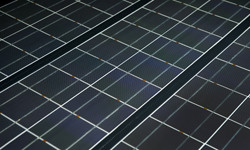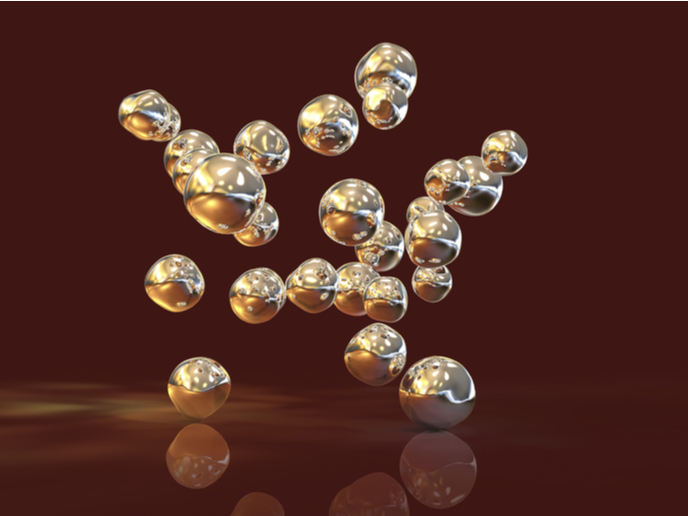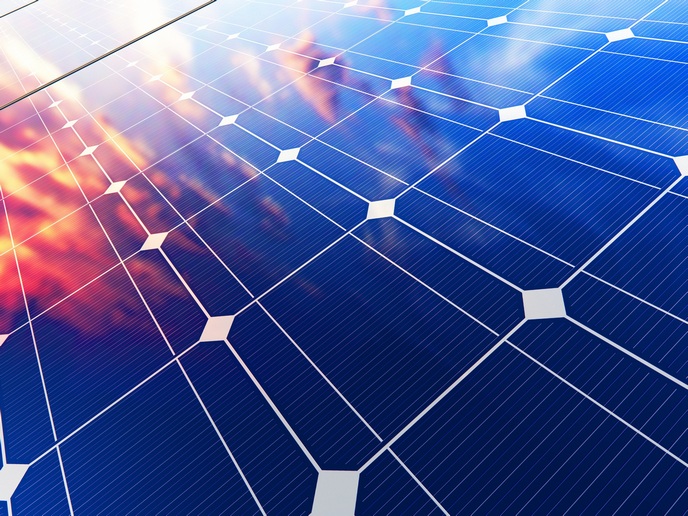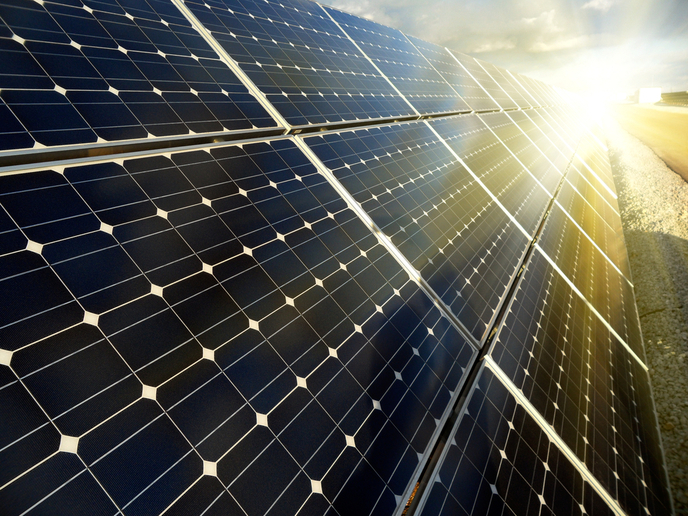Closing the gate to the back contact
Thin-film solar cells made of copper indium gallium selenide (CIGS) have achieved major improvements in efficiencies largely due to enhancements in materials properties. As the margin for improvement based solely on materials narrows, EU-funded scientists working on the project 'PercIGS' (PERCIGS) set out to develop a new device structure to push efficiency toward its theoretical limits. The focus was on reducing surface recombination of the charge carriers at the rear contact where recombination rates are typically high. The structure of the surfaces and interfaces plays an important role in recombination. The silicon solar cell industry has benefited from a rear surface passivation layer (a coating to make the surface less reactive, more passive) with micron-sized point openings. Inspired by the concept, PERCIGS scientists introduced a surface passivation layer with nano-scale contacts to CIGS thin-film solar cells to solve the recombination problem. Three different methodologies were used to incorporate 2D passivation layers in CIGS solar cells. Two industrially practical approaches were developed as proof-of-principle and one model test set-up was created as well. The industrially viable technologies employed aluminium oxide as the passivation layer but differed in the method of contacting. One used local point contacts formed by precipitation of nanospheres during chemical bath deposition of cadmium sulphide. The other used molybdenum nanoparticles grown in highly ionised pulsed plasma. When incorporated into CIGS solar cells with ultra-thin absorber layers, solar cell efficiency increased due to improved passivation and optical confinement. Novel nano-scale contacts were also created using electron beam lithography. These similarly enhanced solar cell efficiency and will be an excellent model for the study of new concepts. The pioneering work resulted in several invited oral presentations at international conferences and articles in prestigious peer-reviewed scientific journals. While focused on thin-film CIGS solar cells, it is easily adapted to other thin-film technologies. The future appears to be bright for the new solar cell rear contact passivation techniques with potential benefits for manufacturers, consumers and the environment.







